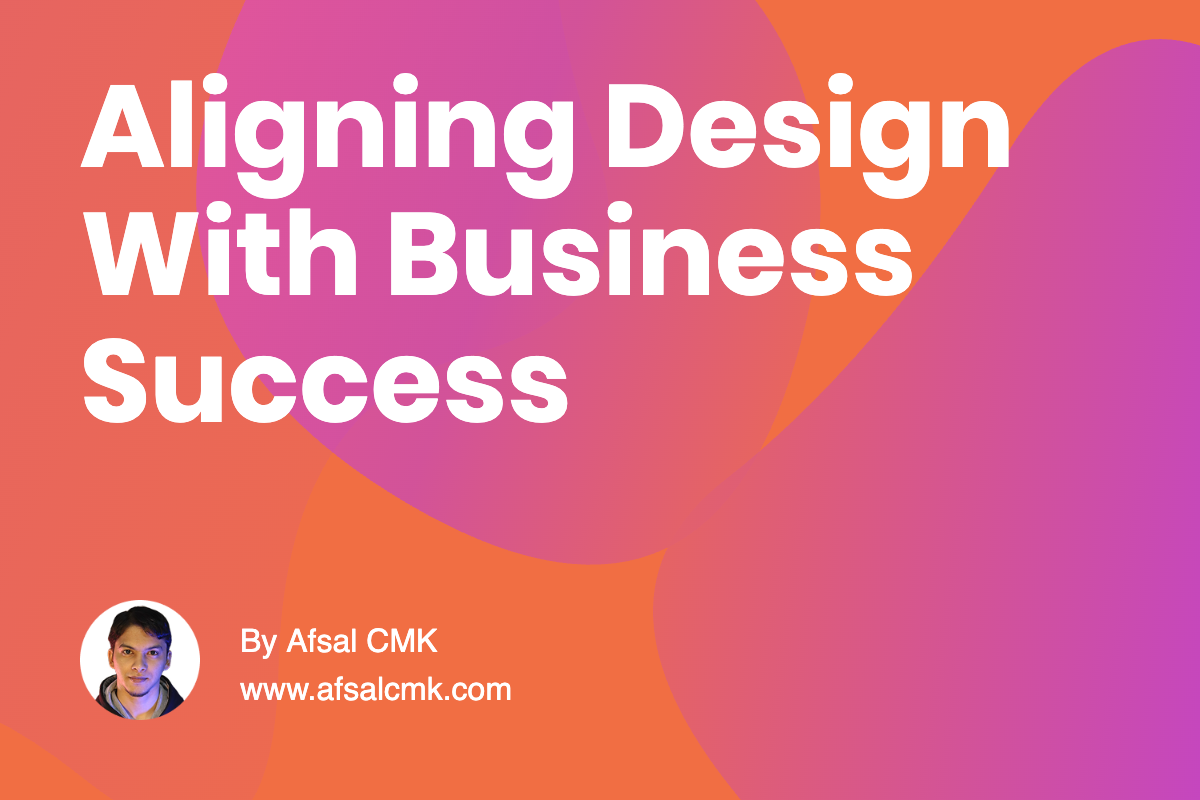
Aligning Design With Business Success
One of the most overlooked parts of design leadership is making sure creative strategies aren’t floating in isolation. A beautiful concept that doesn’t move the company forward may win applause in the room, but it won’t drive lasting value. The real art lies in weaving design vision into the larger fabric of company goals.
When I work with teams, I start by understanding the bigger picture-what the company is trying to achieve this quarter, this year, or in the long run. Is the focus growth, retention, new markets, or efficiency? Once that’s clear, design strategies can be shaped to not just solve user problems but to also accelerate those objectives. This alignment is what makes design feel less like a support function and more like a driver of progress.
The process isn’t about watering down creativity. It’s about channeling it. For example, if a company’s goal is to improve trust, the design strategy should highlight clarity, transparency, and consistency across experiences. If the focus is efficiency, then systems, patterns, and streamlined flows become the design priorities. Creativity remains at the heart, but it’s directed with purpose.
To make this work, communication is key. Designers need to engage with stakeholders, ask the right questions, and show how their work ladders up to the company’s priorities. When design is framed in the language of business goals, it earns stronger buy-in and greater influence. It’s no longer just about what looks good, but about what moves the needle.
So, if you’re shaping design strategies, start by asking: how does this connect to what the company is trying to achieve? That alignment is where design gets its true power-where creativity and business outcomes reinforce each other. And when that happens, design isn’t just decoration, it’s strategy in action.